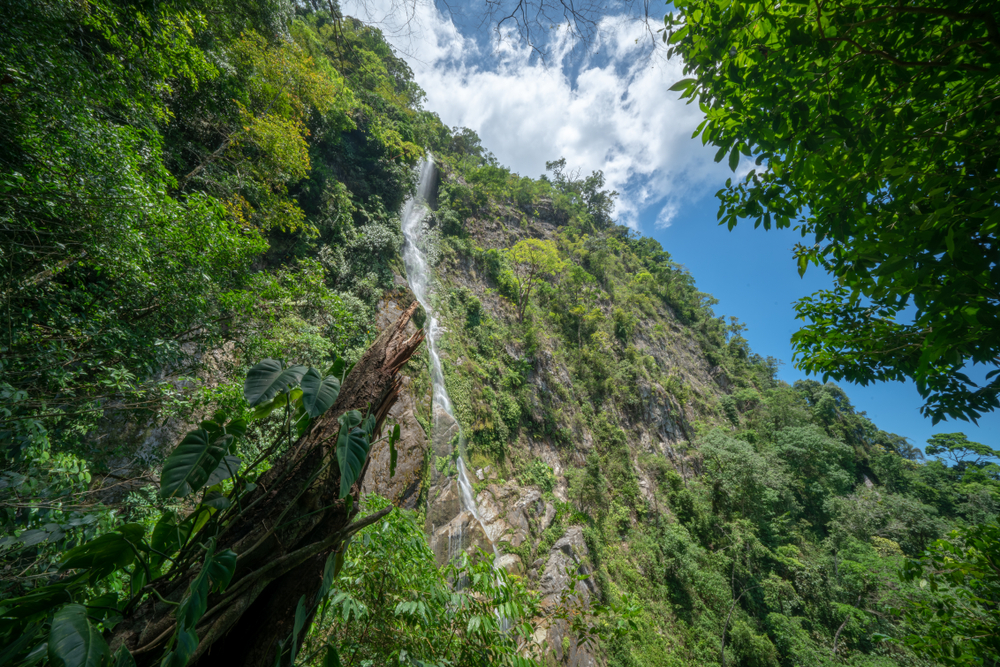Port Royal Overview
Port Royal National Park, known locally as Parque Nacional Port Royal, is situated on the eastern end of Roatán Island in Honduras. Established in 2010, the park encompasses approximately 4.99 square kilometers (1.93 square miles) and is located within the municipality of Santos Guardiola.
It is bordered by communities such as Punta Gorda, Calabash Bight, Diamond Rock, and New Port Royal, each adding cultural richness to the park’s natural allure.
The park’s terrain is characterized by a mixed forest ecosystem where Caribbean pine (Pinus caribaea var. hondurensis) coexists with broadleaf forests, savannas, and scrublands. Despite challenging soil conditions and exposure to prevailing winds, these ecosystems thrive, providing critical habitats and connectivity corridors for various species.
The park’s topography includes gentle slopes and ridges, offering panoramic views of the island and surrounding waters. Numerous small streams traverse the park, flowing toward the coast and forming picturesque coastal waterfalls, enhancing the area’s scenic value.
Port Royal National Park is a haven for diverse wildlife. Notably, it shelters the yellow-naped parrot (Amazona auropalliata), a vibrant species emblematic of the park. The mixed forests and savannas provide habitats for various bird species, making the park a prime location for birdwatching enthusiasts. Mammals such as agoutis and white-tailed deer also inhabit the area, contributing to the park’s rich biodiversity.
Visitors to Port Royal National Park can engage in several activities that immerse them in the natural beauty and cultural heritage of Roatán’s eastern region. Hiking trails meander through diverse terrains, from pine forests to coastal viewpoints, offering opportunities for wildlife observation and photography.
Birdwatching is particularly rewarding, given the park’s avian diversity. The surrounding communities, rich in Garifuna culture, provide cultural experiences that complement the natural exploration, allowing visitors to engage with local traditions, music, and cuisine.
Conservation efforts in Port Royal National Park are ongoing, addressing challenges such as illegal logging, hunting, and the threat of forest fires. Organizations like the Bay Islands Conservation Association (BICA) actively manage the park, implementing programs focused on environmental education, community development, and wildlife monitoring.
Initiatives include reforestation projects, particularly of native pine species, and conservation programs targeting the yellow-naped parrot to bolster its population. These efforts aim to preserve the park’s ecological integrity while promoting sustainable use and community involvement.












































































